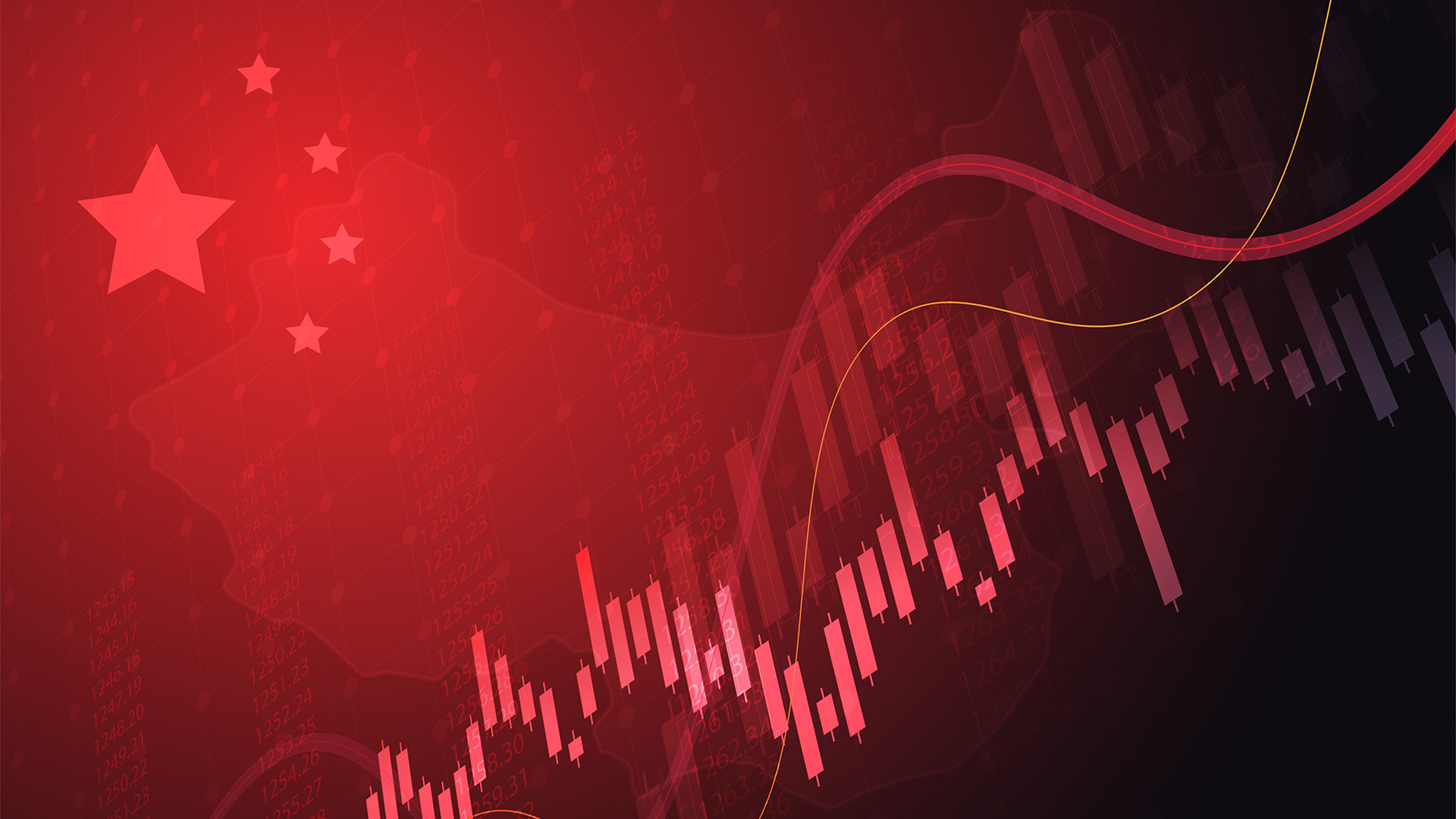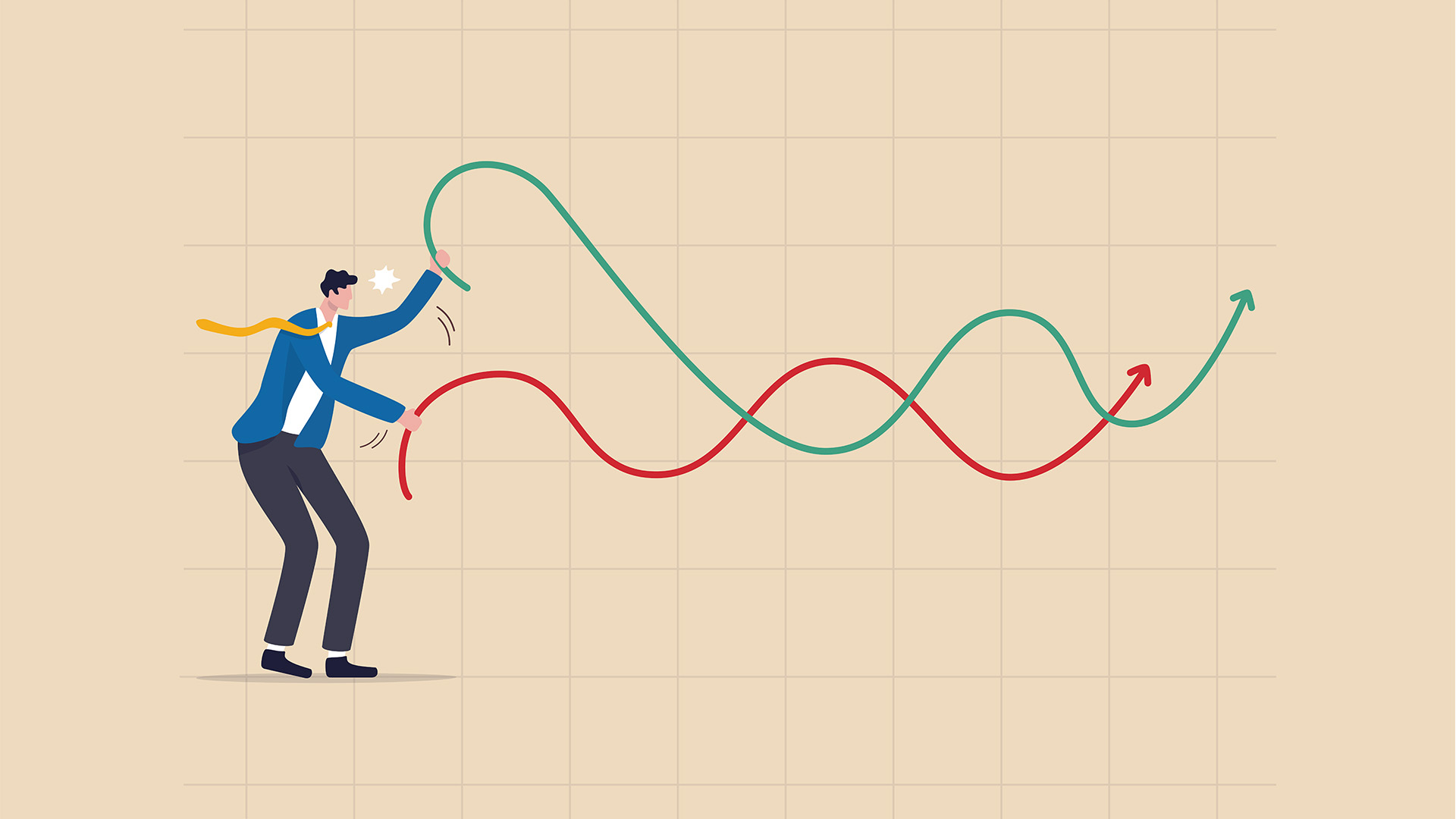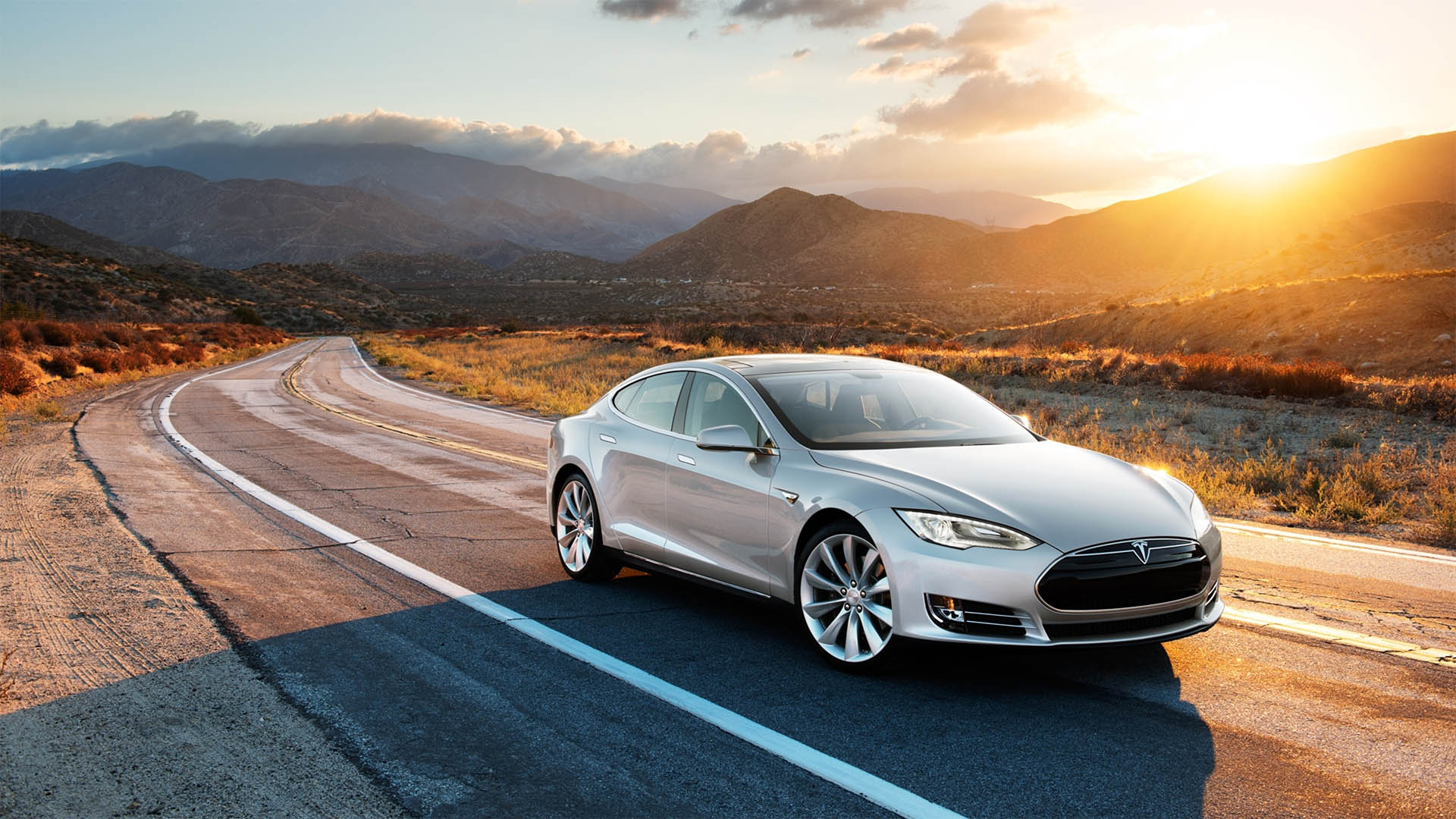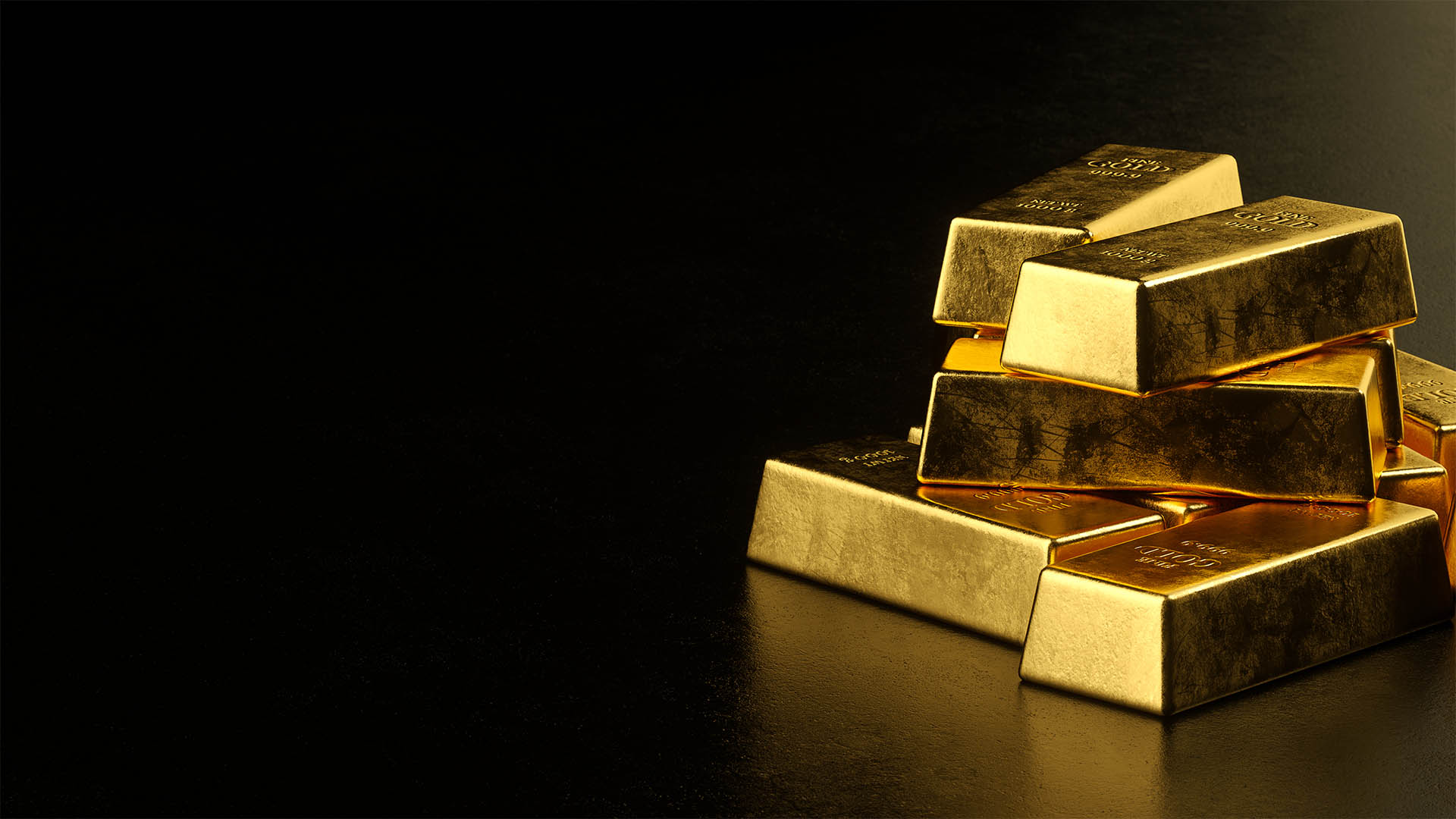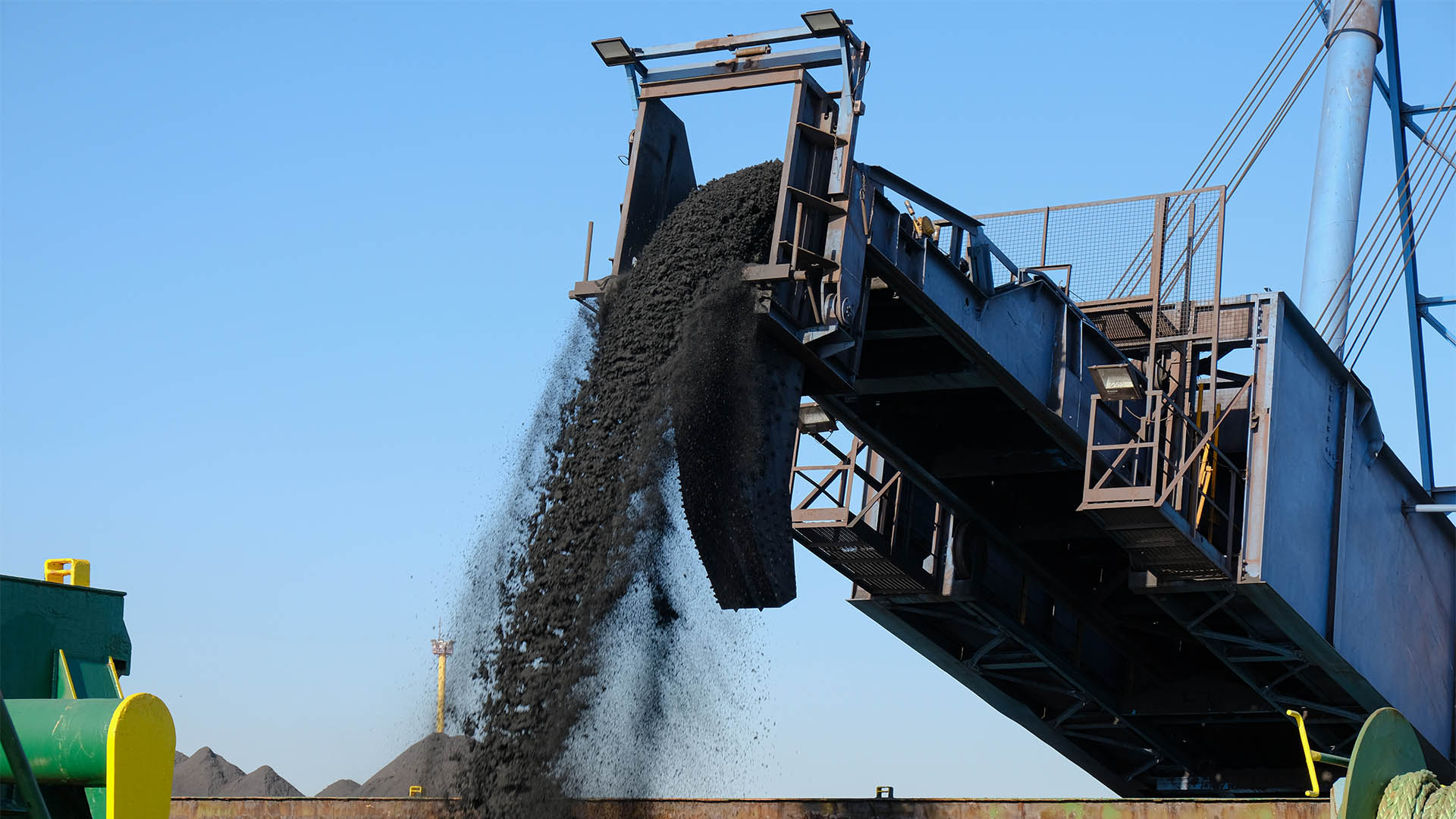Reserve Bank governor Philip Lowe has given the strongest (and gloomiest) forecasts for the looming hit to Australian economic activity from the COVID-19 pandemic and measures governments have taken to control its spread.
In a special speech from the RBA HQ in Sydney yesterday (he also took online questions), Dr. Lowe said the country faces its biggest economic hit since the Great Depression with the economy expected to shrink by 10% through the first half of this year, with most of that contraction happening in the current June quarter.
Unemployment is forecast to top 10% which would mean more than 1.4 million people (It’s just over 700,000 now and 5.1%) on the new jobs support systems (which Dr. Lowe says could put a cap on the rise in jobless numbers).
Over 2020 as a whole the RBA is looking for the economy to shrink 6% (meaning positive growth towards the end of the calendar year) and then a bounce-back in 2021 of between 6% and 7%.
Unemployment will remain above 6% for several years to come and wages growth is expected to slip below 2% and remain poor over the coming years (The Wage Price Index through 2019 rose 2.3%).
Inflation will ease further (it was 1.8% through 2019) and perhaps drop into a period of deflation around June and September this year.
“In terms of inflation, we are also expecting a significant decline in the June quarter,” Dr. Lowe said yesterday.
“The large fall in oil prices, combined with the introduction of free childcare and the deferral or reduction in some price increases means that it is quite likely that year-ended headline inflation will turn negative in June.
“If so, this would be the first time since the early 1960s that the price level has fallen over a full year. In underlying terms, however, inflation is expected to remain positive,“ he said.
Dr. Lowe said the efforts to control the spread of the coronavirus was directly hitting the economy.
“As long as these restrictions are in place, we don’t have the jobs and incomes that come from these activities,” he said.
“On top of this, there is a high level of uncertainty about the future, which means that many households and businesses are holding back their spending and investment.
“The result of both the restrictions and the uncertainty is that over the first half of 2020 we are likely to experience the biggest contraction in national output and income that we have witnessed since the 1930s.”
“Whatever the timing of the recovery, when it does come, we should not be expecting that we will return quickly to business as usual. Rather, the twin health and economic emergencies that we are experiencing now will cast a shadow over our economy for some time to come,” Dr. Lowe warned yesterday.
“It is highly probable that the severe shocks we are now experiencing will change the mindsets of some people and businesses. Even after the restrictions are lifted, it is likely that some of the precautionary behaviour will persist,” he added.
There will also be a higher level of debt and some households might revaluate the risks of having highly leveraged balance sheets. It is also probable that there will be structural changes in the economy.
“We are all learning to work, shop and travel differently. Some of these changes will probably stay with us, requiring a rethinking of business models. So the crisis will have reverberations through our economy for some time to come,” Dr. Lowe forecast.




